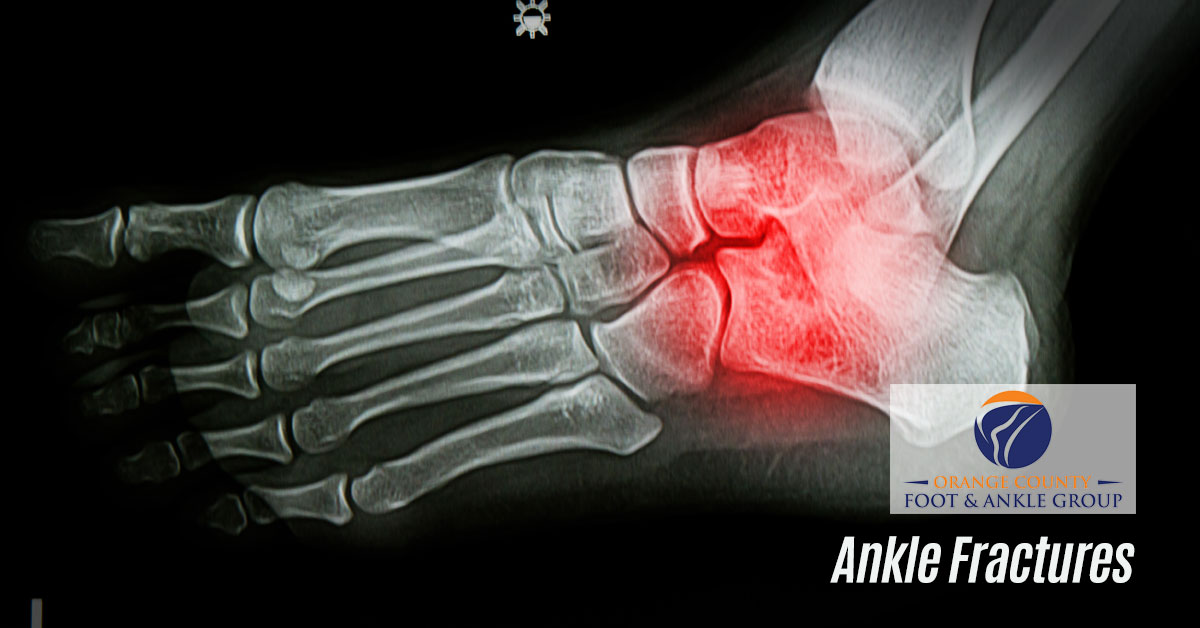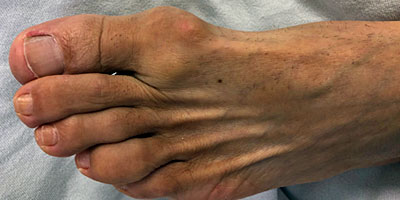Understanding foot and ankle fractures: Causes and treatments
Body
Foot and ankle pain is an ordeal for most athletes or physically active individuals. Be it a high-intensity workout routine or an athletic competition, injuries or fractures can occur and make things challenging.
Studies reveal that stress fractures are the most common injuries among college students. In addition to this, repetitive high-intensity activities contribute to the problem therefore the concerns of injury prevention should be addressed.

Today’s post is aimed at providing a better insight into foot and ankle fractures. Let’s embark on the journey of knowledge and find out more about the causes and treatments of debilitating foot and ankle injuries.
What are the causes of foot and ankle fractures?
Individuals with a physically strenuous lifestyle should understand the causes of foot and ankle fractures. A better understanding of the underlying reasons can help them to take preventive measures.
- Overuse: Intense training or repetitive physical activities can put pressure on the feet and ankles. As a result, stress fractures can occur. Runners and dancers are particularly at high risk of such fractures.
- Trauma: An accident during a high-impact activity or a sports-related collision can also lead to broken foot and ankle bones.
- Twisting: Sudden twisting of the foot and ankle joint can also lead to painful conditions. Sudden changes in the direction or stepping on uneven surfaces often result in foot or ankle fractures.
What are the types of foot and ankle fractures?
A fracture refers to a broken bone. The types of fractures are categorized on the bones that are affected by the trauma, for instance:
- Stress fracture: These fractures are often caused by high impact exercises. They develop gradually and are commonly caused by running and jumping.
- Ankle fracture: These fractures involve the tibia and fibula, which are the connecting bones between the ankle and the knee. Severe twisting or contact sports often cause ankle fractures.
- Metatarsal fracture: Metatarsal bones are located in the forefoot. When direct trauma results in broken bones in the forefoot, it is referred to as a metatarsal fracture.
What are the symptoms of foot and ankle fractures?
It is important to seek medical attention when you observe any of the below listed symptoms of foot and ankle fractures:
- Severe pain at the site of trauma
- Swollen feet
- Bruising around the joint
- Inability to walk
- Visible deformity
Prompt medical attention is recommended when you suspect a fracture. Delaying can worsen the symptoms and the recovery process can be longer than expected.
What are the treatment options for foot and ankle fractures?
As stated above prompt treatment is necessary for foot and ankle fractures. Based on the diagnosis and the severity of the condition, a podiatrist might recommend any of the below listed treatment choices:
- Immobilization
Mild cases of fractures can be treated easily by reducing weight on the affected foot. It is also considered the first line of treatment for fractures. Immobilization ensures that further damage is prevented. The approach involves the usage of a cast, brace, or crutches.
- Medications
Fractures can be severely painful, which is why pain management becomes crucial. Pain and inflammation can be reduced easily with non-steroidal anti-inflammatory drugs. Avoid prolonged consumption of these medications and only take the prescribed dosage. Depending on the severity of the condition, analgesics can also be prescribed for pain relief.
- Physical therapy
Foot and ankle fractures require a personalized treatment plan. Based on the extent of the injury, podiatrists may also use rehabilitation approaches to restore strength and flexibility. This involves stretching exercises and manual therapies.
- Foot & ankle surgery
Surgery is not required for all types of foot and ankle fractures. However, if the above listed treatments fail to deliver the expected results, surgical intervention may be considered necessary. A podiatrist can perform surgery to realign the broken bones and stabilize the fracture with screws and rods.
Depending on the complexity of the fracture, your doctor may choose between external fixations, closed fixation, open incision fixation, minimally invasive surgery or bone grafting.
How long is the recovery period for foot and ankle fractures?
The recovery period for foot and ankle fractures may vary depending on the severity of the injury and the chosen treatment approach.
It should be noted that every individual has different healing abilities and one must adhere to the rehabilitation protocols for a faster recovery. It will take around 6-8 weeks to restore strength and regain flexibility for non-surgical treatments of a fracture. The recovery period extends for surgical treatments. Add another week or two for wound healing to the above mentioned recovery period to understand how long it will take to recover from surgical treatment of fractures.
How to prevent foot and ankle fractures?
If you are an athlete or a physically active individual, it is important to understand your body’s needs. Listen to your body and don’t overlook any signs of pain or discomfort. Overuse injuries can be avoided when you give your body some time to heal between training sessions.
Additionally, foot and ankle fractures can also be prevented by using the right footwear and equipment. Consult with a podiatrist and find the best-suited footwear for your chosen activity. Podiatrists conduct a thorough biomechanical assessment to guide you on the kind of support and cushioning you need from your footwear.

Conclusion
Overuse injuries should not be ignored otherwise, you might have to deal with the significant setback of foot and ankle fractures. Take proactive steps and prevent injuries. It is important to seek appropriate care when needed. Keep in mind, early diagnosis and proper treatment are best to shorten the recovery period.
If you don’t want a setback from your active lifestyle stay informed by scheduling an appointment at Orange County Foot and Ankle Group. Here you will get top-notch consultations from a highly experienced podiatrist Tustin. These experts offer best in class heel pain treatment, sports injury treatment, and diabetic foot care and can help you keep those feet and ankles strong and healthy.










Comments